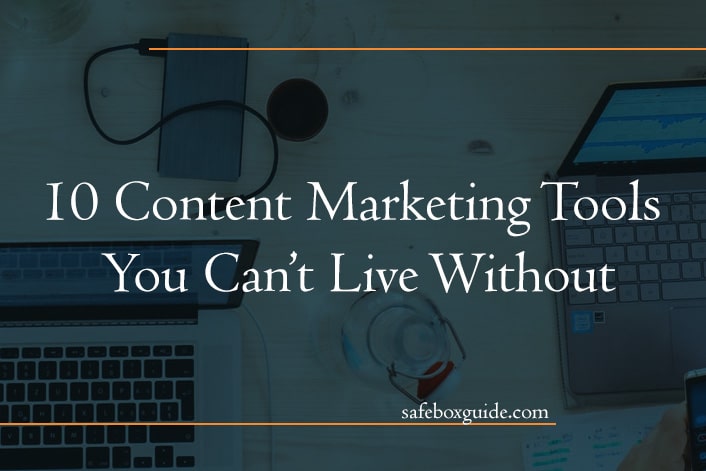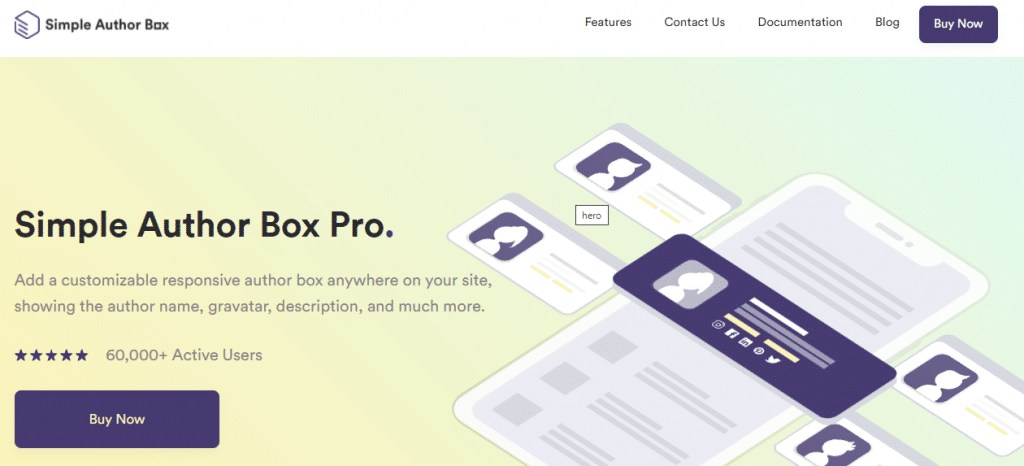If you’re searching for some unique marketing tools to help you develop your business, this is the right post for you.
With so many beautiful tools at one’s disposal, the marketing technology industry is very competitive. Also, it is vital to point out that the marketing industry keeps growing each day significantly.
However, we’ve always been interested in marketing technology, so we try out several different products and write about them on the blog! Here are the tools we couldn’t live without after testing and using them all.
Contents
1. SEMrush
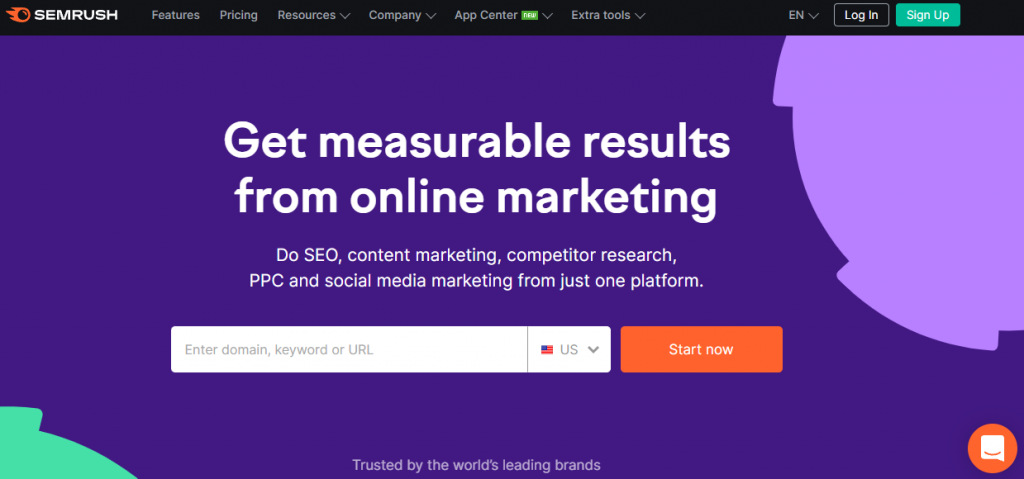
SEMrush is at the root of nearly every piece of content we create! Without a strong SEO backbone to support it, well-written content will only go so far. SEMrush is used to find anything from keywords and backlinks to even competition positioning and new trends.
Also, it is essential to know that this technology is crucial to the maintenance of our material. We can monitor overall organic site health, detecting technical concerns and pages that may need to be tweaked to rank higher. The brand monitoring tool has an eagle eye for spotting unlinked brand references.
However, this feature allows us to contact other firms to develop connections and pitch content.
2. Mention

Managers of content must be both creative and analytical. However, this is only possible if they have access to the data that is necessary. But also, they should keep up with things that are told about their brand, product, industry, rivals, and influencers.
With this knowledge, content managers can pitch fantastic pieces on relevant, popular subjects. But also, they will be able to determine whether they are outperforming their rivals. Furthermore, this is when Mention enters the picture.
This media monitoring and social listening technology assist content managers in tracking brand awareness. But also gaining more significant insights on social mentions and identifying online influencers. All from a single, simple platform.
3. Trello

Most businesses tackle content marketing by dedicating an entire staff to the issue. However, Trello‘s boards, lists, and cards take cooperation to the next level. It is an excellent organizational and productivity tool for scheduling content creation, uploading, and sharing.
You may leave messages for other team members and exchange material with one another all in one location. Also, this way, your content marketing strategy is clear.
There is multiple collaboration software available. However, you should know that Trello is one of the best out there. The design makes it simple to get started and maintain concentration. So planning should be nothing but a pleasure.
4. Simple Author Box
The most refined author bio box out there plugin for your webspace is Simple Author Box. It started as a simple method to add a tidy author box to your WordPress articles. But it evolved into a highly functional plugin. Simple Author Box will allow you to change almost every aspect of your author bio box. You may include an author bio, social network connections, and a personalized Gravatar.
Change the colors, background, text, and other aspects as well. You may also publish the author’s email address so that your readers can contact you directly. The real-time preview box allows you to observe how your author bio box evolves as you alter it.
A premium version is available if you wish to display an author box before or after content. Simply add website links, acquire additional social symbol designs, include guests and co-authors, and more.
5. Notion

Notion is a note-taking app on a whole other level. You may use Notion to work with your team to generate notes for a variety of purposes.
For example, you can establish a corporate wiki page because Notion makes it simple to create and link pages. You might also create a Trello-style board to manage teamwork. However, the outstanding fact is that you can use Notion for free as personal note-taking software.
Furthermore, you’ll need to subscribe to a premium subscription if you wish to collaborate with team members. Each user pays US$8 per month for the premium version.
6. Coming Soon & Maintenance Mode
This straightforward WordPress maintenance mode plugin displays a background image, logo, header, content, and a MailChimp subscription form. You may also design a landing page from scratch by knowing a little bit of HTML.
There are dozens of options in seven categories: basic, SEO, themes, design, email, form, and advanced. Also, the support tab takes you to the WordPress.org plugin help section. You may customize every part of your landing page from the settings area.
The free edition of Coming Soon & Maintenance Mode includes only a few themes. If you subscribe to the premium edition of the plugin, which costs $79 for a single license (or $6.99 per month), you will have access to over 60 themes. If you upgrade to the agency license for $199, you’ll get more than 150 different themes.
7. Canva

Whatever way you cut it, imagery is a vital component of content marketing. Professional-looking photos may transform good information into unique content, from blog articles to social media.
When you want to create beautiful photographs quickly, you may use various tools and adjustments. However, applications such as Adobe Photoshop may be rather costly. Not only that, but it appears that learning how to operate them effectively necessitates a bachelor’s degree. In that case, Canva comes to the rescue.
Canva is all about simplicity. The dashboard is brimming with many templates. They provide everything you need, from simple shapes and borders to stock pictures.
Canva’s navigation makes it easier than ever to begin designing the photo you want. Choose a design, and Canva will scale it to meet your needs, from full-size pictures to Instagram thumbnails. If the templates don’t suit you, you may also select custom proportions. Begin utilizing Canva for all of your imagery requirements. You won’t be sorry.
8. BrightEdge

BrightEdge is an excellent choice for producing evident content for your clients and target demographic. The content optimization tool assists you in determining the actual search demand of your target audience. Also, it is further allowing you to develop material tailored to their specific requirements. You may also track how well your digital material is working and make improvements as needed.
In a nutshell, it is a platform that allows you to develop a content marketing plan. However, this marketing plan should enable you to target your audience, track performance, etc.
9. Snagit
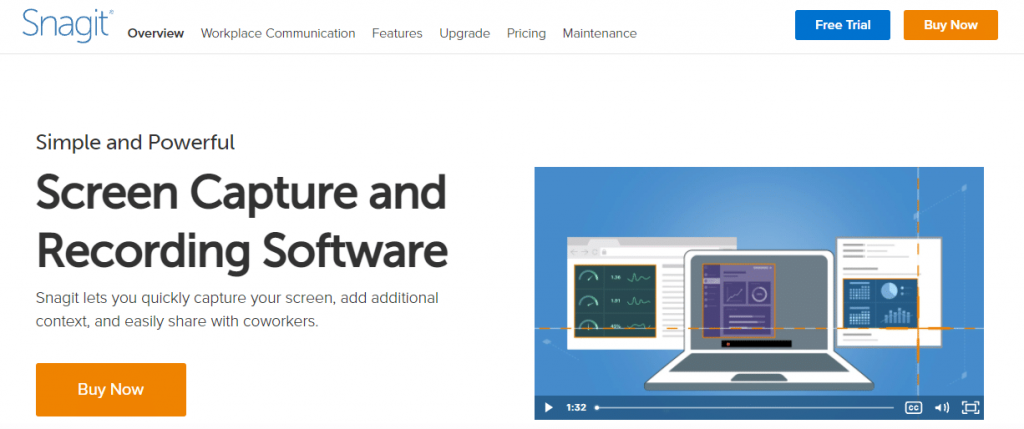
Most of the time, you’ll need to incorporate screenshots in the form of JPEGs, GIFs, or videos in your material. This fact is especially actual if the focus of your material is on a piece of software or a utility. Alternatively, you may need to display data from a source such as Google Analytics.
If you’re still using the PrntScr key to do the same thing and modify it in Paint or Photoshop, you’re wasting a lot of time. Snagit allows you to capture a snapshot or screen recording rapidly. Also, to further modify it in its editor to add comments, arrows, callouts, and more.
10. Hubspot
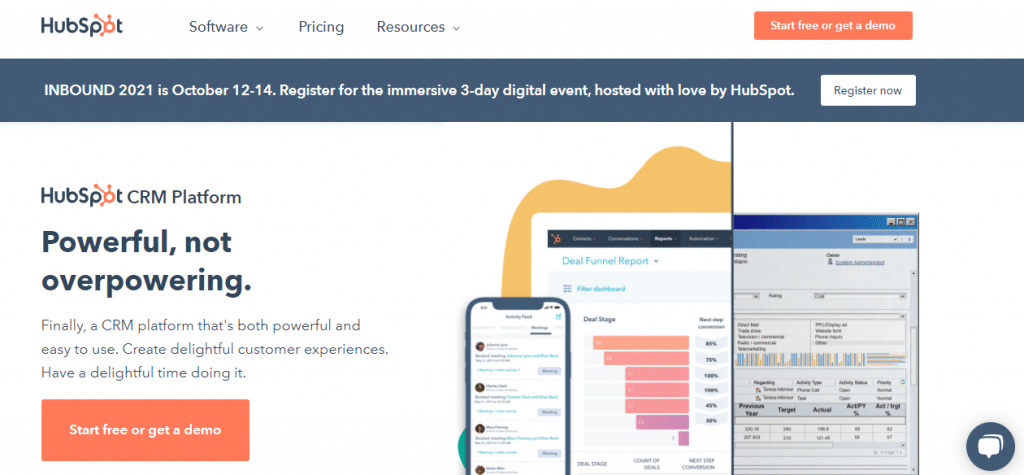
Hubspot assures its consumers an all-in-one marketing solution. This marketing automation platform is ideal for managing your content and providing your target audience with the solution they’ve been looking for.
The tool may assist you in creating ‘content clusters’ around a topic to connect all your existing material, such as case studies, blogs, and e-books, which can boost your SEO.
Conclusion
Being a content manager is no easy task. The pressure of producing high-quality material on an almost daily basis might be daunting, but no one said you had to do it the complicated way!
To make your life simpler, experiment with some of the tools listed in this article to discover the best match for you.

